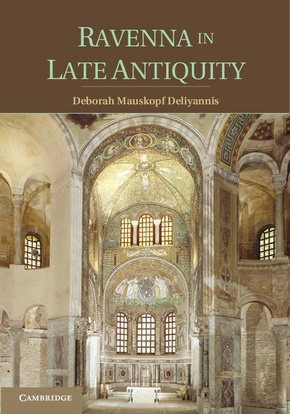Ravenna in Late Antiquity
| Verlag | Cambridge University Press |
| Auflage | 2014 |
| Seiten | 460 |
| Format | 17,7 x 25,2 x 2,1 cm |
| Gewicht | 1076 g |
| Artikeltyp | Englisches Buch |
| ISBN-10 | 110761290X |
| EAN | 9781107612907 |
| Bestell-Nr | 10761290UA |
A comprehensive survey of Ravenna's history and monuments in late antiquity, including discussions of scholarly controversies, archaeological discoveries, and interpretations of art works.
Ravenna was one of the most important cities of late antique Europe. Between 400 and 751 AD, it was the residence of western Roman emperors, Ostrogothic kings, and Byzantine governors of Italy, while its bishops and archbishops ranked second only to the popes. During this 350-year period, the city was progressively enlarged and enriched by remarkable works of art and architecture, many of which still survive today. Thus, Ravenna and its monuments are of critical importance to historians and art historians of the late ancient world. This book provides a comprehensive survey of Ravenna's history and monuments in late antiquity, including discussions of scholarly controversies, archaeological discoveries, and interpretations of art works. A synthesis of the voluminous literature on this topic, this volume provides an English-language entry point for the study of this fascinating city.
Inhaltsverzeichnis:
1. Introduction; 2. Roman Ravenna; 3. Ravenna and the western emperors 400-489 AD; 4. Ravenna the capital of the Ostrogothic kingdom; 5. Religion in Ostrogothic Ravenna; 6. Ravenna's early Byzantine period: AD 540-600; 7. Ravenna capital: 600-850.
Rezension:
'... in the past one had to deplore the fact that there is no comprehensive book in English on this subject. With the publication of the present book, this situation has changed dramatically, because [it] not only tells the full story of Ravenna, but also documents all the scholarly interpretations and controversies surrounding its art ...' International Review of Biblical Studies

